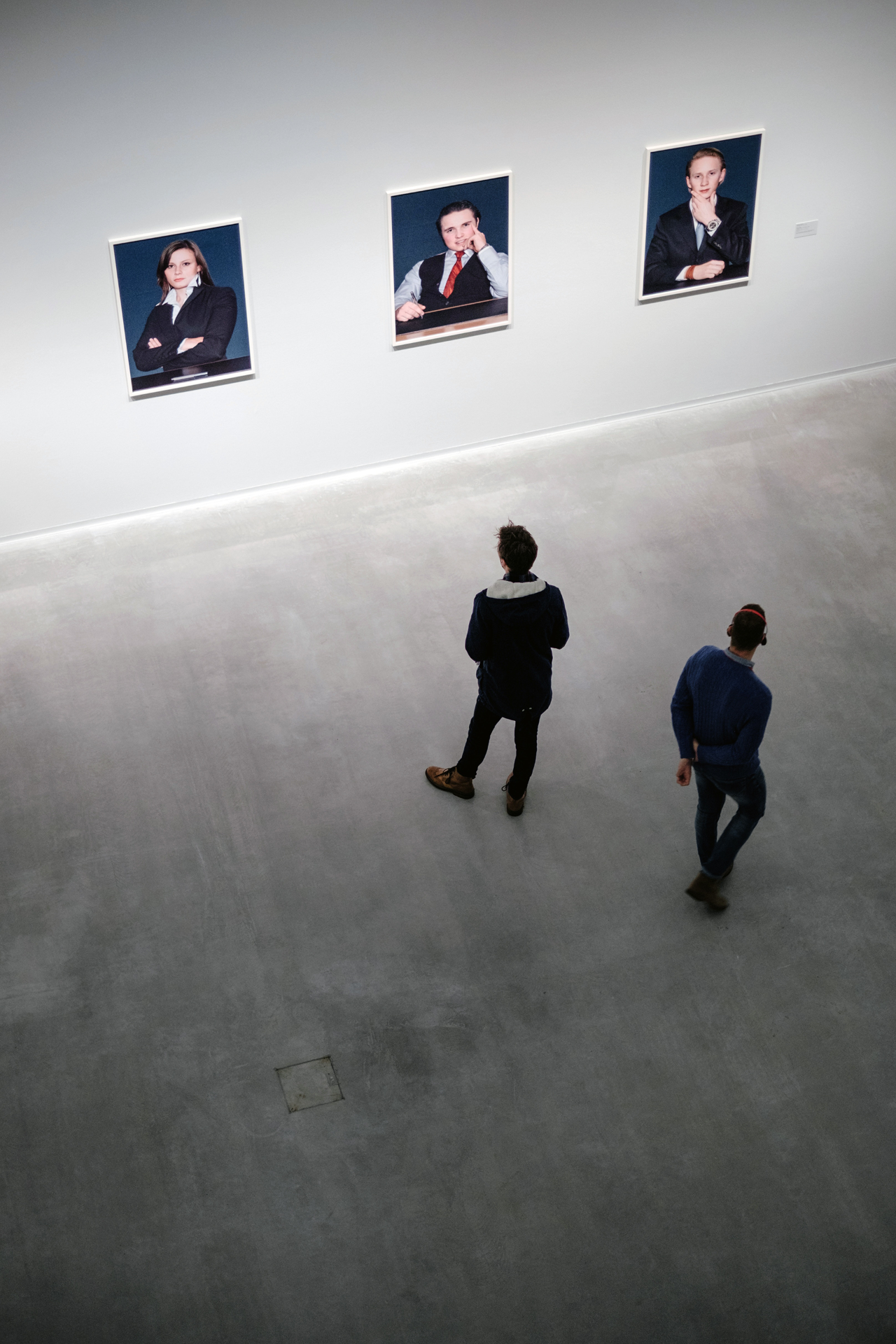Hontai Yoshin Takagi Ryu Ju-Jutsu

There was one mountain priest in the Funakata mountain of Miyagi Area in 1569. His name was Unryu. He was from the Abe family line and was an expert in Taijutsu, Bojutsu and Shuriken of the Amatsu Tatara Rinpo Hiden.
Amatsu Tatara secret scrolls are the highest traditional teaching scrolls for control to the martial art gate and religion gate. These scrolls remained to the Nakatomi family, Ohtomo family, Mononobe family and Abe family. Abe family called the scrolls "Amatsu Tatara Rinpo Hiden" and taught for the next generations.
The famous martial artist Ito Ki-i No Kami Suketada was taught by Unryu. Suketada made up a new Ryu-Ha, Kenko Ryu. He was very famous as a Sojutsu (spear techniques) expert. In 1645, Takagi Oriemon Shigenobu was taught by Ito Suketada from the age of 16. Oriemon was a Samurai of Katakura Kojuro in Fukushima Area. He got a Menkyo Kaiden (the highest rank and next generation) from Ito when he was 20 years old. Oriemon systemized a new Ryu-Ha "Takagi Yoshin Ryu Taijutsu". Oriemon was born on the 2nd of April 1625 and died on the 7th October 1711, but this is not clear.
In 1671, Takagi Umanosuke Shigesada had studied from the age of 16 under Oriemon and received Menkyo Kaiden. He taught this for his students as "Takagi Yoshin Ryu Daken-Taijutsu, Bojutsu, Sojutsu, Naginatajutsu and Senban Nage". In 1695, Umanosuke was recognized as a high class martial artist by the Emperor's government. He died on the 26th of April 1746.
Gennoshin Hideshige was a son of Umanosuke. Gennoshin was very skillful and strong with Daken-Taijutsu and he changed the name to "Takagi Yoshin Ryu Jujutsu". He taught in Hyogo Prefecture and died on the 2nd of October 1702.
Ohkuni Onihei Shigenobu was an expert of Kukishin Ryu. He stayed in Gennoshin's Dojo as a special guest and taught Kukishin Ryu for Gennoshin's students. Gennoshin was heavy with sickness, so that he asked for Onihei to keep the next generation of Takagi Yoshin Ryu and died. Another story, Onihei and Gennoshin taught to decide which was the best Ryu-Ha for Jujutsu and Bojutsu. As a result, Onihei's Bojutsu (Kukishin Ryu) was better and Gennoshin's Jujutsu (Takagi Yoshin Ryu) was better than the latter. So that, Jujutsu remained as Takagi Yoshin Ryu and Bojutsu remained as Kukishin Ryu with Naginatajutsu and Sojutsu. Anyhow Ohkuni Onihei was the fourth generation Grandmaster of both Ryu-Ha and he called these Ryu-Ha "Hontai Takagi Yoshin Ryu" and "Hontai Kukishin Ryu".
In October 1841, the 13th generation Grandmaster Yagi Ikugoro Hisayoshi, a retired Samurai from Akoh Castle (Hyogo Prefecture), opened a Dojo of Takagi Yoshin Ryu in Akashi of Hyogo. He gave Menkyo Kaiden to three masters Fujita, Ishibashi and Ishitani Takeo Masatsugu. Fujita's next generation was Mizuta Yoshitaro Tadafusa. Ishibashi had no students. Ishitani's next generation was his son Ishitani Matsutaro Takakage. Matsutaro was taught and received Menkyo Kaiden for Kukishin Ryu and Shinden Tatara Ryu from Akiyama Yotaro too.
About from 1903 to 1911, Takamatsu Toshitsugu Yokuoh was taught and got the next generation from both Ishitani Matsutaro and Mizuta Yoshitaro.
In June of 1952, Sato Kinbei Kiyoaki was taught by Takamatsu as the 17th generation of Ishitani's line Takagi Yoshin Ryu and Kukishin Ryu too.
In November 1989, Tanemura Tsunehisa Minamoto no Shoto, was taught and given the 18th generation Grandmaster (Soke) of both Ryu-Ha from Sato.
Note: Hontai Yoshin Ryu (Fumon Yoshin Ryu) are using the same genealogy but doing complete different techniques from Hontai Takagi Yoshin Ryu.

